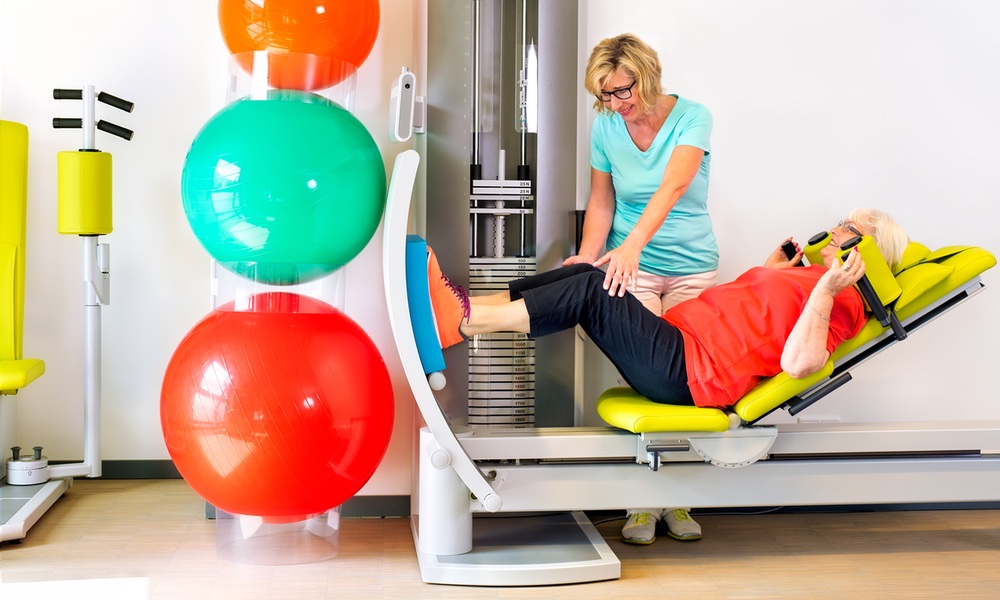The mental and physical benefits of being active are pretty clear, but the amount of activity people get may change as they age. Very often, it goes down.
Most studies looking at the benefits of physical activity have only measured a person's activity levels at one point in time. Few studies have taken into account changes in physical activity levels over an extended period. This prompted a team of researchers from Australia to look at the health effects that resulted when women met the World Health Organization guidelines of 150 minutes of exercise per week over 15 years in middle age.
Being physically active in middle age, they found, led to better physical health in later life. This finding held true even when participants began an exercise program or started to exercise more at age 55.
The study highlights the life-extending value of physical activity even when one starts in middle age. “It's important for women to be active throughout mid-age to gain the most benefits for physical health in later life,” the researchers said. Women should try and increase their physical activity levels to meet the World Health Organization guidelines by age 55.To realize exercise's health benefits later in life, women should try to begin to increase their physical activity in middle age.
Data from more than 11,300 women enrolled in the Australian Longitudinal Study on Women's Health were analyzed and collected at three-year intervals beginning in 1996. Participants were between 47 and 52 at the start of the study. The University of Sydney and University of Queensland researchers evaluated the effect of physical activity on the women's physical and mental health between 2001 and 2016.
People in the study were divided into three groups: those who already met the World Health Organization physical activity guidelines at the start of the 15-year period in 2001; those who did not initially meet the guidelines but started to meet them at age 55, 60 or 65; or those who never met the physical activity guidelines. Participants' mental and physical health were assessed using their responses to the Short Form 36 Survey questions about functional health and well-being.
The effect of activity on participants' physical health score was significant, even after the researchers accounted for socioeconomic factors and preexisting health conditions. Women who met the activity guidelines and those who started to meet the guidelines in middle age had about a three-point higher physical health score than those who never met the guidelines. Physical activity did not have any significant effect on their mental health score.
The strengths of the study lie in its large study population and multiple assessments of physical activity levels over a long period, according to the researchers. Limitations included unmeasured or inadequately measured health conditions and the fact that activity levels were self-reported.
A nationally representative sample of women was included in the study at baseline, but the results may not be applicable to all middle-aged Australian women because healthier women have remained in it, the researchers caution. “We cannot guarantee that the study controls for all confounders for the relationship between physical activity and health-related quality of life.”
The study is published in PLOS Medicine.





